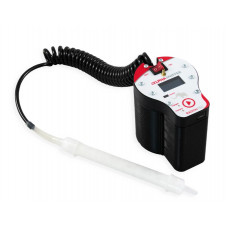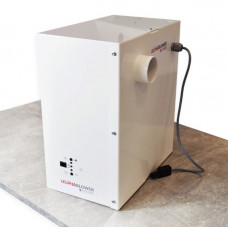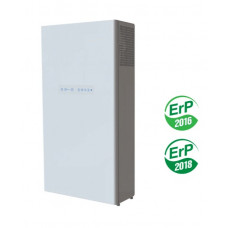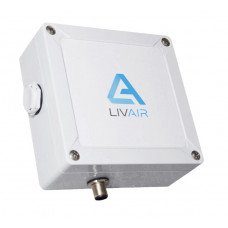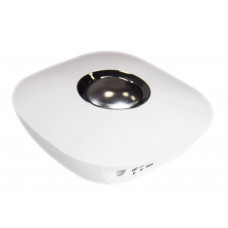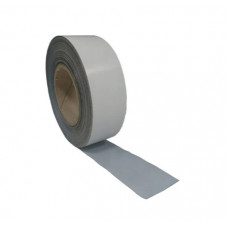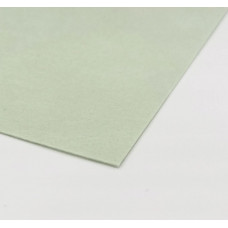Radonövervakning
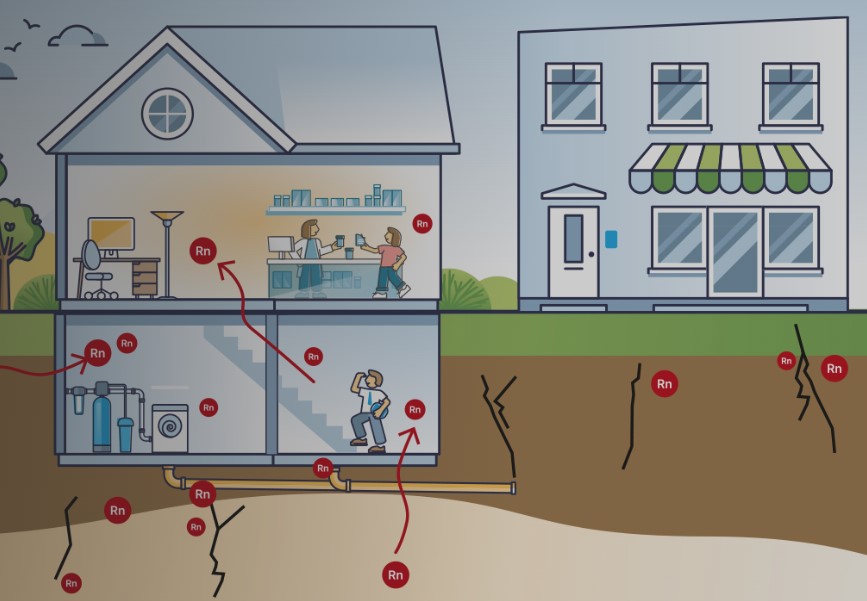
Vad är Radon?
- Radon är en naturligt förekommande radioaktiv ädelgas.
- Det är luktfritt, smaklöst, färglöst och finns överallt.
- Radon tränger in i byggnader och ackumuleras inomhus.
Varför är Radon Farligt?
- Inandning av radon ökar risken att utveckla lungcancer.
- Radon är den näst vanligaste orsaken till lungcancer i världen.
Vilka Gränsvärden Finns?
- Det officiella referensvärdet (årsmedelvärde) är 300 Bq/m³.
- Världshälsoorganisationen (WHO) rekommenderar ett årsmedelvärde på 100 Bq/m³.
Hur Tränger Radon In i Byggnader?
Radon tränger in i byggnader huvudsakligen genom konvektion och diffusion.
Konvektion (Luftströmningar, ~95%):
- Tryckskillnader mellan inomhus (lågt tryck) och marken (högt tryck) driver radonhaltig luft in i byggnader.
- Ingångspunkter inkluderar sprickor, hål, kabel- och rörgenomföringar, eller helt öppna golv (t.ex. i källare).
- Alla markkontaktande ytor kan påverkas.
- Inuti byggnaden sprids radon främst genom konvektion via vägar som tomma rör, elektriska kablar, vattenledningar, mediakanaler och kabelkanaler.
Diffusion (Materialgenomsläpplighet, ~5%):
- Radondiffusion är liknande vattendampdiffusion i byggmaterial, där gaser rör sig mot områden med lägre koncentration.
- En materiales gasgenomsläpplighet beror på dess struktur och gasens egenskaper. Ädelgaser som radon diffunderar särskilt bra genom porösa material.
- Få material är helt radontäta.
Byggmaterial (Exhalation):
- Studier från det tyska strålsäkerhetsverket (BfS) visar att vanliga material som betong, tegel och lättbetong endast avger låga nivåer av radon, oftast under 20 Bq/m³.
- Byggmaterial är därför vanligtvis inte en betydande källa till höga radonkoncentrationer inomhus.
Den Fysiska Orsaken: Tryck- och Koncentrationsskillnader
Radonrörelsen in i byggnader drivs av tryck- och koncentrationsgradienter:
- Inuti byggnaden skapar stackeffekten (att varm luft stiger) ett lätt vakuum (lågt tryck) ovanför golvplattan.
- Under golvplattan är trycket betydligt högre, vilket skapar en tryckgradient som suger radon in i byggnaden.
Genom att minska eller avbryta denna tryckdifferens kan radoninträdet i byggnaden kraftigt minskas.
Hur Minskar Man Radonexponeringen?
- Se till att täta sprickor och hål i byggnadens fundament.
- Installera ventilationssystem för att sänka radonkoncentrationerna.
- Använd radontäta material där det är möjligt i byggkonstruktionen.
- Testa regelbundet radonhalten inomhus, särskilt i områden där radon är vanligt förekommande.
Radonmätningslösningar för Alla Behov
Vi erbjuder ett omfattande utbud av produkter för att mäta radonhalter och säkerställa att säkerhetsstandarder följs. Oavsett om du övervakar arbetsplatsutsläpp eller upptäcker radoninsläpp, är våra lösningar pålitliga och exakta.
Om du söker ett specifikt radonmätningsverktyg eller har unika krav, tveka inte att kontakta oss. Vi har inte alla produkter listade i butiken, och vi kan kanske hjälpa dig att hitta den exakta lösningen du behöver.
Alpha Sniffer - för snabb detektion av radonintrångspunkter i byggnader
AlphaSniffer från RadonTec är en professionell enhet för snabb detektion av radonintrångspunkter i b..
AlphaBlower 2200 – Powerful, Efficient Radon Extraction
AlphaBlower 2200 från RadonTec är en högpresterande, energieffektiv radonfläkt som är utformad för a..
AlphaFreshbox 200 WiFi large room ventilation system
AlphaFreshbox 200 WiFi från RadonTec är ett avancerat ventilationssystem som är designat för att ge ..
AlphaTracer Industry – Advanced Radon Measurement for Harsh Environments
AlphaTracer Industry är en patenterad radonsensor i realtid, specifikt utvecklad för utmanande miljö..
AlphaTracer Office radon sensor
AlphaTracer Office är en innovativ radonsensor som möjliggör realtidsmätningar av radonkoncentration..
AlphaBlock4+ självhäftande radonskyddsfolie
RadonTec AlphaBlock 4+ radonskyddsfolie ger effektivt och pålitligt skydd mot radongas. Den är utfor..
AlphaSeal tätskiktsmassa - mot radon
AlphaSeal tätskiktsmassa från RadonTec erbjuder en effektiv och hållbar lösning för tätning mot rado..
AlphaTape 50 m
AlphaTape Aluminiumtejp för att fästa AlphaBlock 4+ Radonskyddsfolie För optimal radonsäker install..
Skyddsfilt för radonfolie AlphaBlock 4+
RadonTecs skyddsfilt ger pålitligt skydd för radonfilmer och förhindrar mekaniska skador under insta..

